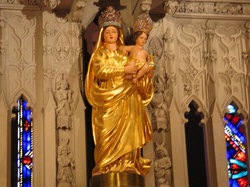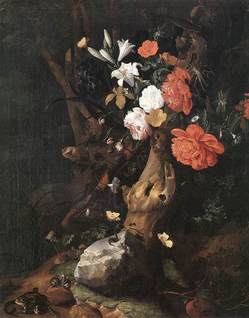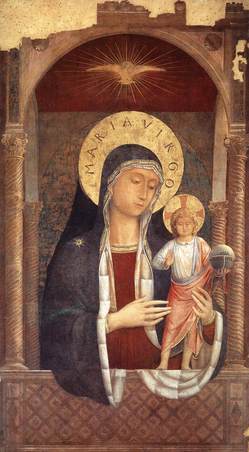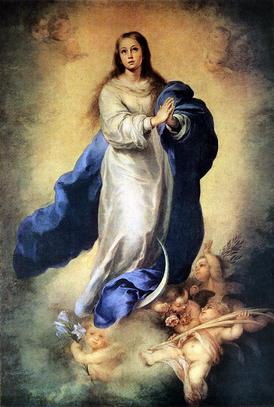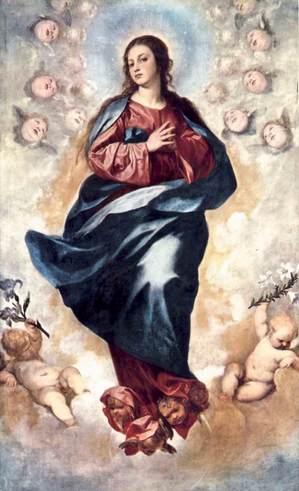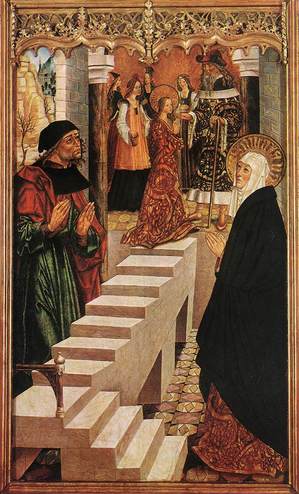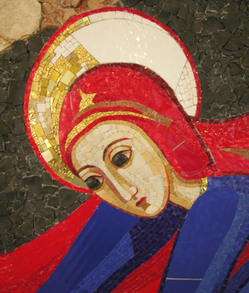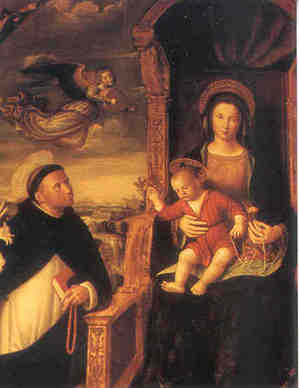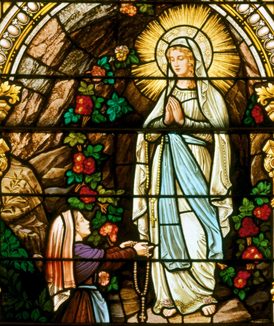 Rejoice with Jerusalem, and be glad for her, all you who love her; rejoice with her in joy, all you who mourn over her; that you may suck and be satisfied with her consoling breasts; that you may drink deeply with delight from the abundance of her glory.
Rejoice with Jerusalem, and be glad for her, all you who love her; rejoice with her in joy, all you who mourn over her; that you may suck and be satisfied with her consoling breasts; that you may drink deeply with delight from the abundance of her glory.
God of mercy, we celebrate the feast of Mary, the sinless mother of God. May her prayers help us to rise above our human weakness.
At Sunday’s Angelus the Pope spoke to the following address to the gathered people:
Today [Febraury 8, 2009] the Gospel (cf. Mark 1:29-39) — in direct continuation with last Sunday — presents us with Jesus, who after having preached on the Sabbath in the synagogue of Capernaum, cured many ill people, beginning with Simon’s mother-in-law. Entering his house, he found her in bed with a fever and immediately, taking her by the hand, he healed her and had her get up. After sunset, he healed a multitude of people afflicted with all sorts of ills.
The experience of the healing of the sick occupies a good portion of the public mission of Christ and it invites us once again to reflect on the meaning and value of illness in every situation in which the human being can find himself. This opportunity comes also because of the World Day of the Sick, which we will celebrate next Wednesday, Feb. 11, liturgical memorial of the Virgin Mary of Lourdes.
Despite the fact that illness is part of human existence, we never manage to get used to it, not only because sometimes it comes to be burdensome and grave, but essentially because we are made for life, for complete life. Precisely our “internal instinct” makes us think of God as plenitude of life, and even more, as eternal and perfect Life. When we are tested by sickness and our prayers seem in vain, doubt wells up in us and, filled with anguish, we ask ourselves: What is God’s will?
It is precisely to this question that we find an answer in the Gospel. For example, in the passage of today we read: “He cured many who were sick with various diseases, and he drove out many demons, not permitting them to speak because they knew him” (Mark 1:34). In another passage from St. Matthew, it says: “He went around all of
 Jesus does not leave room for doubt: God — whose face he himself has revealed — is the God of life, who frees us from all evil. The signs of this, his power of love are the healings that he carries out: He thus shows that the
Jesus does not leave room for doubt: God — whose face he himself has revealed — is the God of life, who frees us from all evil. The signs of this, his power of love are the healings that he carries out: He thus shows that the
Thanks to the action of the Holy Spirit, the work of Jesus is prolonged in the mission of the Church. Through the sacraments, it is Christ who communicates his life to the multitude of brothers and sisters, as he cures and comforts innumerable sick people through so many activities of health care service that Christian communities promote with fraternal charity, thereby showing the face of God, his love. It is true: How many Christians all over the world — priests, religious and laypeople — have given and continue giving their hands, eyes and hearts to Christ, true physician of bodies and souls!
Let us pray for all the ill, especially for those who are most grave, and who can in no way take care of themselves, but depend entirely on the care of others; may every one of them be able to experience, in the solicitude of those who are near to them, the power of the love of God and the richness of his grace that saves us. Mary, health of the sick, pray for us.
